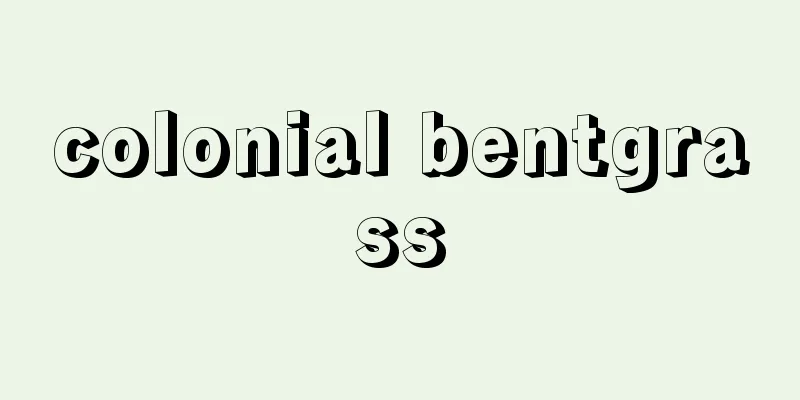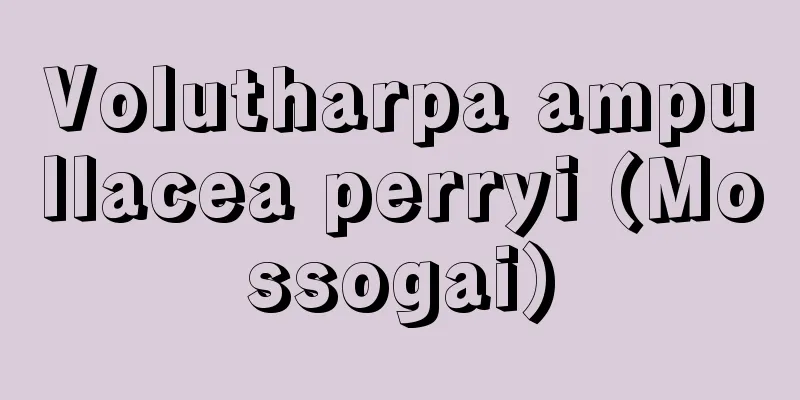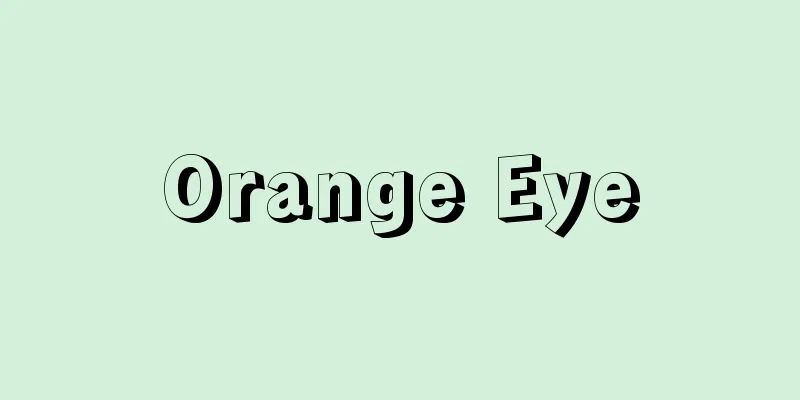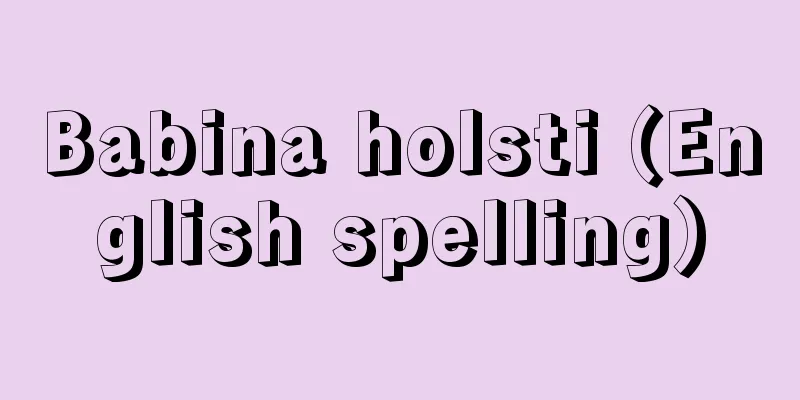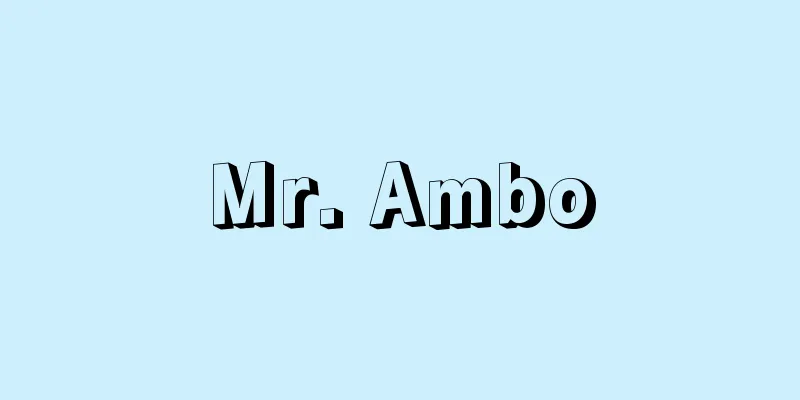Print - Hanpon

|
It is also written as "banbon". It is the opposite of "shahon" (handwritten manuscript), and refers to books printed with woodblocks. There is also a theory that distinguishes it from books printed with wood type or copper type. Representative Japanese prints include the Koyaban and Gozanban, but prints developed especially during the Edo period, and contributed to the popularization of Edo literature, such as yomihon (reading books), kakushihon (comedy books), ninjyohon (human feelings books), and kusazoshi (comic books). Source: Encyclopaedia Britannica Concise Encyclopedia About Encyclopaedia Britannica Concise Encyclopedia Information |
|
板本とも書く。写本に対する言葉で,木版で印刷された本をさす。木活字や銅活字による刊本とは区別する説もある。日本の代表的な版本は高野版,五山版などもあるが,特に江戸時代に発達し,読本,滑稽本,人情本,草双紙など江戸文学の大衆化に貢献した。
出典 ブリタニカ国際大百科事典 小項目事典ブリタニカ国際大百科事典 小項目事典について 情報 |
<<: Hammer - Hammer (English spelling)
>>: Bamboccianti (English spelling)
Recommend
Siegfried Line (English: Siegfriedlinie) German
The Great Fortress Line built by Germany. (1) A d...
The Humiliation of Canossa - The Humiliation of Canossa
This was a conflict between Holy Roman Emperor Hen...
Jaslovské Bohunice (English notation)Jaslovske Bohunice
…In addition to the home appliance and railway in...
Bikaner
The largest oasis city in the Thar Desert, located...
International Institute of Agriculture
The United Nations Food and Agriculture Organizat...
Space division switching method
...These can be classified into several types dep...
Imaginesu Mayorum - Imaginesu Mayorum
...This is a new style of housing unique to Rome,...
Ono Tokikazu - Ono Tokikazu
…At the age of six, he was selected as the heir, ...
troop
...Several bands may gather near nighttime shelte...
The Sainte Anne School (English: L'École de Sainte Anne)
A school of French psychiatry. Just as Paris was t...
SSKD - SS K D
...The group expanded into the newly built Tokyo ...
Alduronic acid - Alduronic acid
...A general term for hydroxyaldehyde acids, whic...
Tombalbaye, F. (English spelling)
...But the PTT was unable to break away from its ...
Sekiyado Seki - Sekiyado Seki
A checkpoint located on the Edogawa River under Se...
Kafwa - Kafwa
…It was especially popular among mystics as a way...


